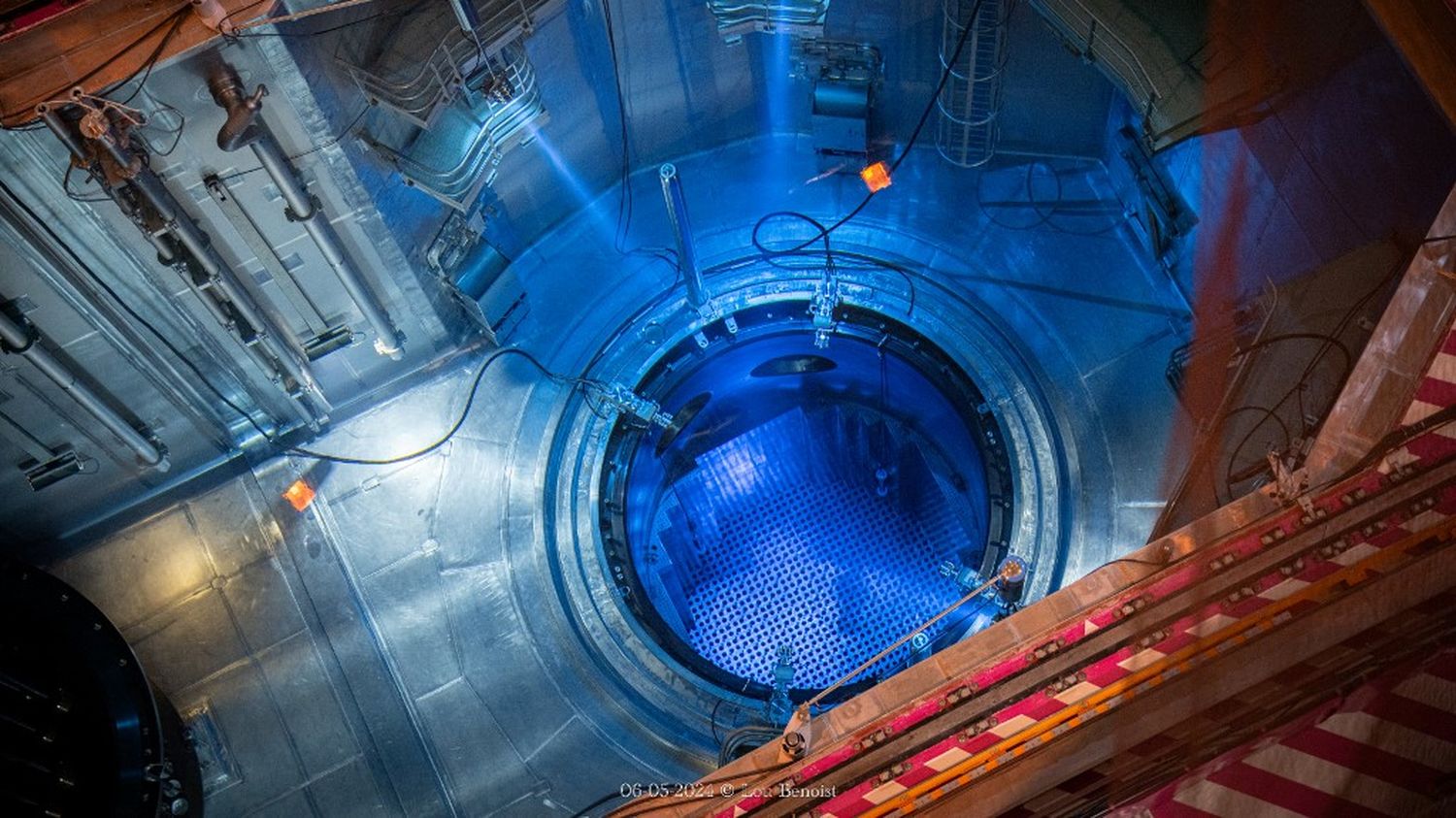The group had previously planned to connect to the network before the end of the summer. However, the first nuclear reaction is expected to take place on Tuesday.

Published
Updated
Reading time: 2 min

The finish line pushed back again in the final meters? EDF announced on Monday, September 2 that it was giving itself three additional months to connect its EPR reactor in Flamanville to the grid. Connection to the electricity grid is now planned by “the end of autumn”while the electrician had previously been counting on the end of summer – and on September 21 at the latest.
“A test program to achieve a power level of 25% will be implemented”level at which the EPR “will be connected to the national electricity grid for the first time and will then produce electricity”a deadline “expected by the end of fall 2024”the group said in a press release.
“We have a fairly substantial testing programme ahead of us”justified during a press briefing Régis Clément, deputy director of the nuclear production division of the French group, who announced an increase “in successive stages”before the nuclear core can “show your white paw”. As for full power, announced until now by the end of the year, it will be necessary to count “several months”according to Régis Clément, who did not give a new date.
The first nuclear fission chain reaction should nevertheless take place on Tuesday. “The night shifts, who finally start their workstations at 9 p.m., will take physical action.” which will cause the reactor to be “in this state of nuclear reaction initiated and maintained stable”announced Régis Clément. The operation should “take about ten hours”he said.
On the same day, EDF also announced that it had obtained the green light from the Nuclear Safety Authority (ASN) for the production of the first electrons from the Flamanville EPR. “ASN has just given us the go-ahead for this first start-up”announced Régis Clément.
The energy company has also raised its estimate of its nuclear energy production in France for the year 2024. Nuclear electricity production should be between 340 and 360 TWh, compared to a range of 315 to 345 TWh initially planned (not including the Flamanville EPR). “The other 56 reactors are performing better than what we had integrated”said Régis Clément, so that the production of “the EPR will arrive as a supplement”.
